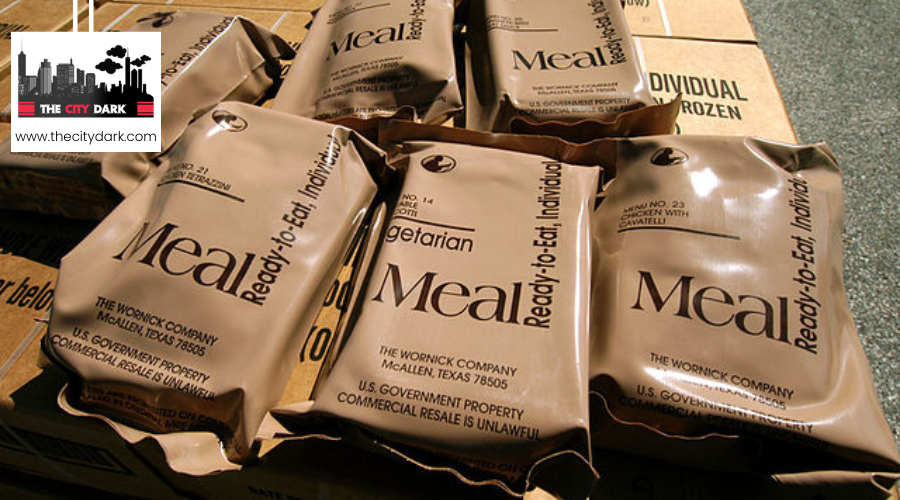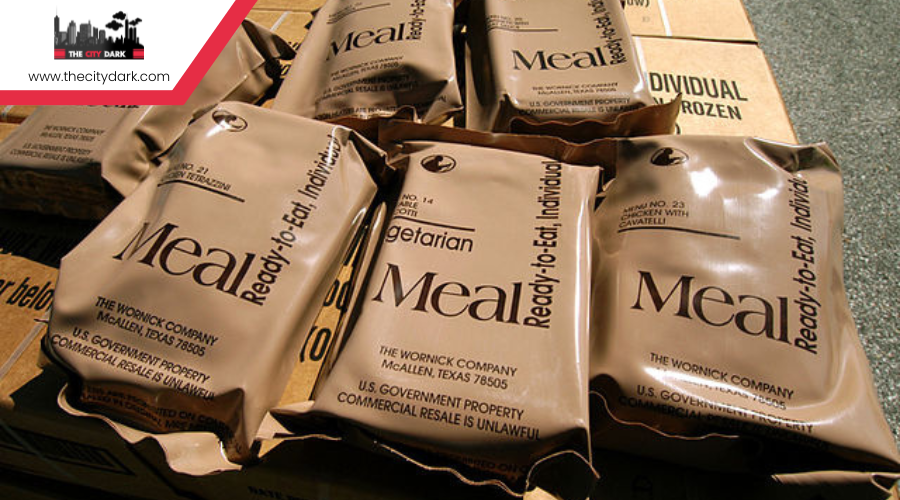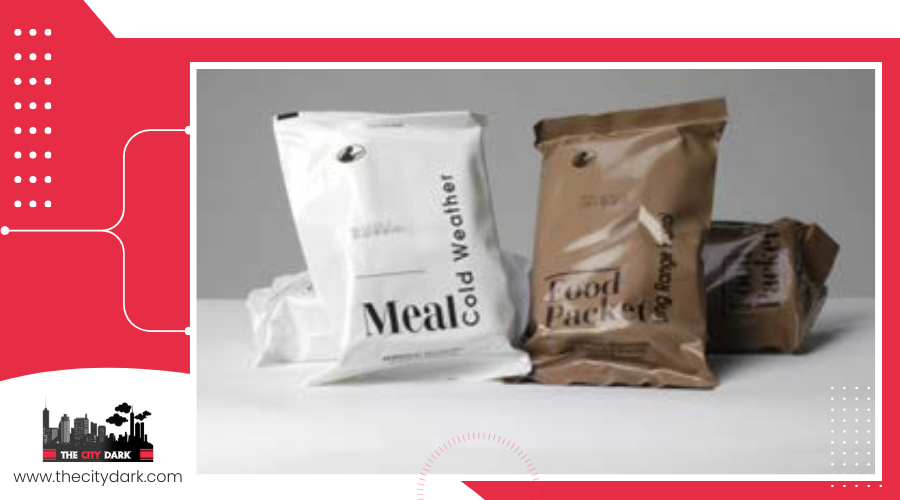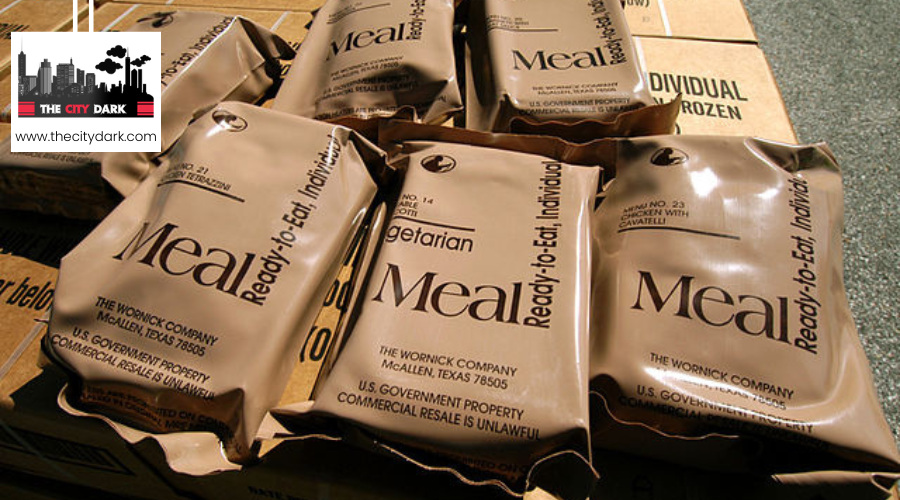Food Storage List for 1 Year: What You Need to Survive
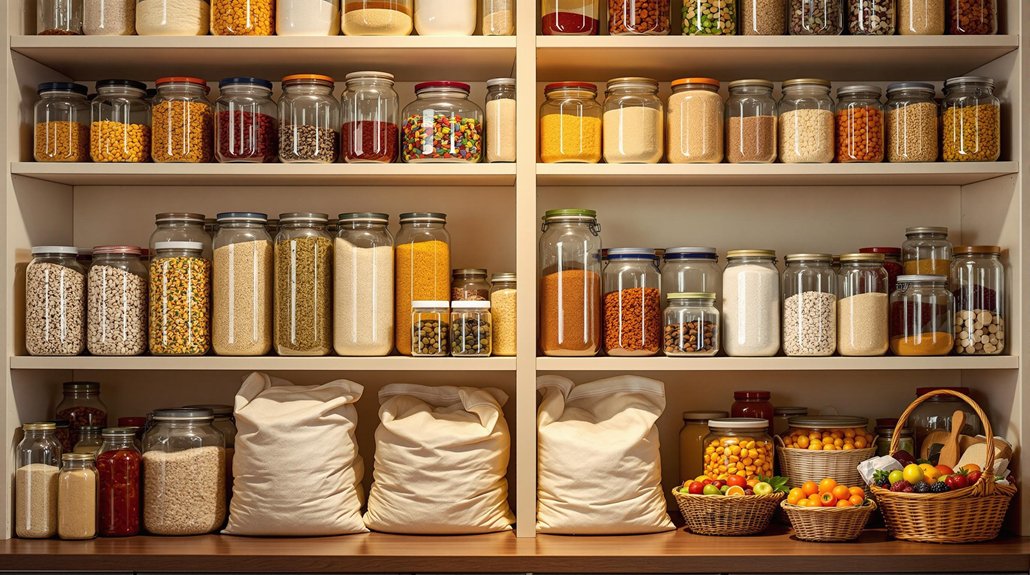
Planning for long-term food storage isn’t just for survivalists—it’s a smart move for anyone who wants to be ready for the unexpected. Whether you're preparing for natural disasters, economic uncertainty, or simply aiming for more self-reliance, having a one-year food supply can bring peace of mind.
This guide breaks down what you need to stock up on, how much to store, and how to make sure your food stays safe and nutritious. Let’s take the guesswork out of your year-long food storage plan.
| Category | Items | Recommended Amount (Per Adult) | Notes |
|---|---|---|---|
| Grains & Staples | Flour, Rice, Pasta | 400 lbs total (Flour: 200–300 lbs, Rice: 300–400 lbs, Pasta: 60–80 lbs) | Store in airtight containers or 5-gallon buckets with oxygen absorbers |
| Legumes & Proteins | Dry beans, lentils, split peas, MREs | 60 lbs | Include variety for nutrition and taste; MREs add no-cook convenience |
| Dairy & Alternatives | Powdered milk, evaporated milk, powdered cheese, non-dairy milk powders | 16 lbs powdered milk | Store in cool, dry place; airtight containers extend shelf life |
| Cooking Oils & Fats | Vegetable oil, olive oil, coconut oil, shortening, lard | 10 quarts (9 liters) | Use airtight containers; rotate stock regularly |
| Sweeteners & Condiments | Sugar, honey, salt, vinegar, mustard, ketchup, soy sauce, hot sauce | Sugar/Honey: 60 lbs, Salt: 8 lbs | Honey lasts indefinitely; include variety for meal flavor |
| Water & Hydration | Clean drinking water | 365 gallons | 1 gallon per day; store in food-grade containers; include purification tools |
| Vitamins & Supplements | Multivitamins, Vitamin D, B, C, protein powders or bars | As needed | Ensure nutritional balance when relying on non-perishables |
Essential Grains and Staples
Grains and staples are the backbone of any long-term food storage plan. For a one-year supply, aim to store about 400 pounds of grains per adult to help maintain energy and nutrition.
Focus on versatile, calorie-dense options like flour (200–300 lbs), rice (300–400 lbs), and pasta (60–80 lbs) per person. These shelf-stable items are easy to cook and store well when kept in airtight containers like 5-gallon food-grade buckets.
Don’t overlook dry beans—they pair well with grains to provide a more complete protein source and support a balanced diet. To further improve your food supply, include dehydrated or canned fruits and vegetables for vitamins, fiber, and variety.
Make sure to rotate your stock every 2 to 4 years using the first-in, first-out method to keep your food fresh and prevent waste.
Legumes and Protein Sources

While grains and staples form the backbone of your food storage plan, it's just as vital to include legumes as important protein sources. Store around 60 pounds of legumes like dry beans, split peas, and lentils to guarantee a steady supply of plant-based protein.
With a long shelf life of 2-10 years when stored properly, they provide dependable protein sources for your emergency food supply. Keep in mind their cooking requirements; they often need soaking and longer cooking times. However, you can opt for canned varieties or quick-cook options for convenience.
Including a variety of legumes, such as black beans and chickpeas, improves meal diversity and helps prevent food fatigue, making sure your diet remains balanced and nutritious. For disaster relief and emergency preparedness, including MREs, which offer complete nutrition and require no cooking, can be a practical addition to your food storage strategy.
Dairy and Dairy Alternatives
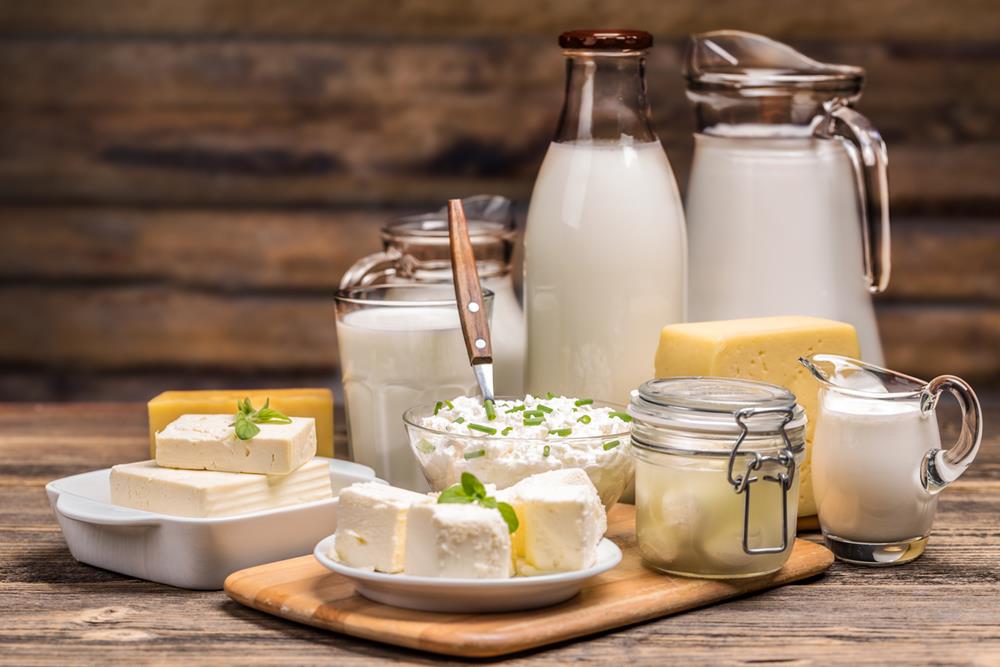
To meet your calcium and protein needs over the year, include about 16 pounds of powdered milk per adult in your long-term food storage. Powdered milk is a reliable, shelf-stable option that covers your basic dairy requirements. You can also add canned evaporated milk, which works well in both cooking and baking.
For more variety, consider storing items like powdered cheese, which adds flavor to meals without needing refrigeration. If you’re lactose-intolerant or follow a plant-based diet, non-dairy milk alternatives (such as soy or oat-based powders) are widely available and easy to reconstitute with water.
To extend shelf life, keep all dairy products and alternatives in airtight containers, stored in a cool, dry, and dark place. This helps maintain quality and keeps them safe for long-term use. It is also crucial to check expiration dates on these dairy and alternative products to ensure their longevity and safety in emergency situations.
Cooking Oils and Fats

Just as dairy products and their alternatives play a significant role in long-term food storage, cooking oils and fats are also key to ensuring your meals are tasty and nutritious.
You should aim to store about 10 quarts (9 liters) of cooking oils per adult for a year’s supply. Popular options include vegetable oil, olive oil, and coconut oil, which all contribute vital calories and nutrition.
These oils generally have a shelf life of 1-2 years when kept in a cool, dark place. Use air-tight containers to protect them from light and air, preventing rancidity.
Don't forget to rotate stock regularly to maintain freshness. Furthermore, consider shelf-stable fats like shortening or lard for versatile cooking options.
Sweeteners and Condiments
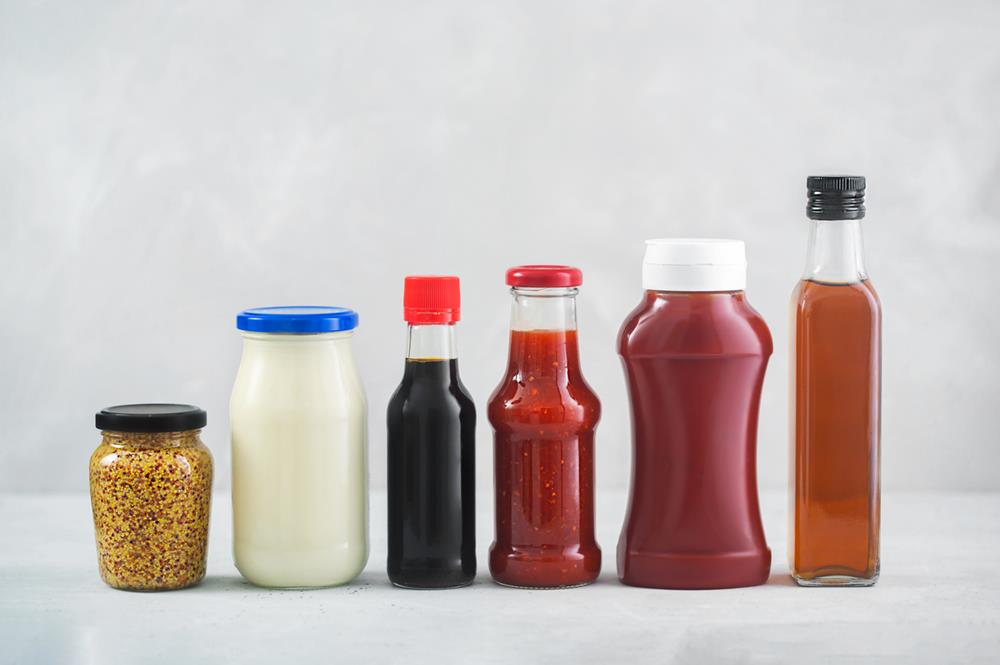
While grains and proteins form the foundation of long-term food storage, sweeteners and condiments play an important role in keeping meals enjoyable and diverse.
Plan to store around 60 pounds of sweeteners like sugar or honey per adult. Both have incredibly long shelf lives—honey can last indefinitely, and sugar stays good as long as it’s dry and sealed—making them ideal for baking, cooking, and even first-aid uses in a pinch.
Also include at least 8 pounds of salt per person. Salt isn’t just for seasoning—it’s essential for preserving food and supporting basic body functions.
Stock up on a few favorite condiments such as mustard, ketchup, soy sauce, and hot sauce. Many of these are shelf-stable and go a long way in making basic meals more flavorful.
White vinegar is another must-have—useful for cooking, pickling, and even cleaning.
These small additions can make a big difference in meal satisfaction over time.
Water and Hydration Needs
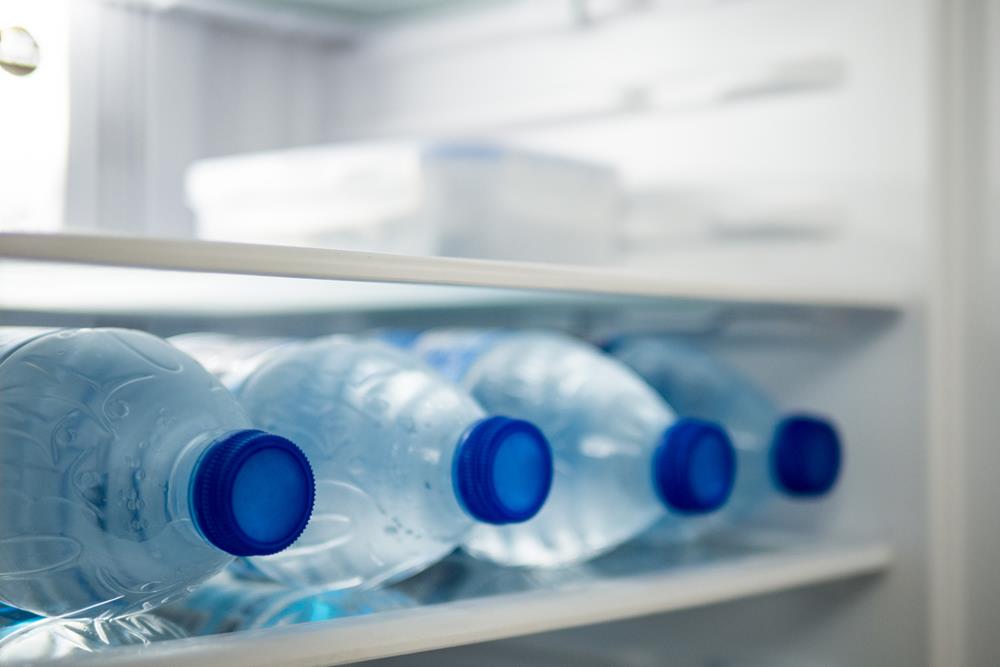
Water is one of the most critical elements in any long-term preparedness plan. Each person needs at least 1 gallon of water per day, which adds up to 365 gallons per person per year for drinking, cooking, and basic hygiene.
Store your water in clean, food-grade containers to avoid contamination, and make sure the containers are sealed tightly. In case your stored supply runs low or becomes compromised, always have a backup purification method on hand—such as water filters, purification tablets, or boiling instructions.
Keep in mind that needs can increase in hot climates or during heavy physical activity, so plan for extra. To keep your supply fresh, rotate stored water every 6 to 12 months and inspect containers regularly for leaks or signs of spoilage.
Reliable water storage and access to clean drinking water are non-negotiable essentials in any long-term survival strategy.
Vitamins and Nutritional Supplements

While water and hydration are the backbone of any emergency preparedness plan, maintaining nutritional balance is just as crucial. Incorporating vitamins and nutritional supplements into your emergency food storage can protect your health.
Here's what to take into account:
- Multivitamins: These guarantee you're meeting vital dietary needs, especially when relying on non-perishable foods.
- Specific Vitamins: Stock vitamin D for bones, B vitamins for energy, and vitamin C for immunity.
- Protein Supplements: Use protein powders or bars to satisfy daily protein requirements—46 grams for women, 56 grams for men.
- Shelf Life and Storage: Choose supplements with a long shelf life and store them properly to maintain efficacy.
Regularly evaluate your family's health conditions to adjust your supplement stock accordingly.
Storage and Preservation Techniques

Proper food storage is key to extending shelf life and keeping your emergency supply safe and usable.
Start by storing dry goods like grains, rice, and legumes in 5-gallon food-grade buckets. When paired with Mylar bags and oxygen absorbers, these items can last up to 30 years if kept in a cool, dark, and dry environment.
For canned goods, practice first-in, first-out rotation and aim to use them within 2 to 4 years of purchase to ensure optimal taste and nutrition. Powdered milk and similar items should be stored in airtight containers, where they can remain viable for 12 to 24 months.
Routine checks are essential—inspect containers for signs of damage or spoilage, and monitor storage conditions to avoid heat and humidity, which can shorten shelf life.
With the right techniques, your emergency food supply can stay safe, nutritious, and ready when you need it most.

